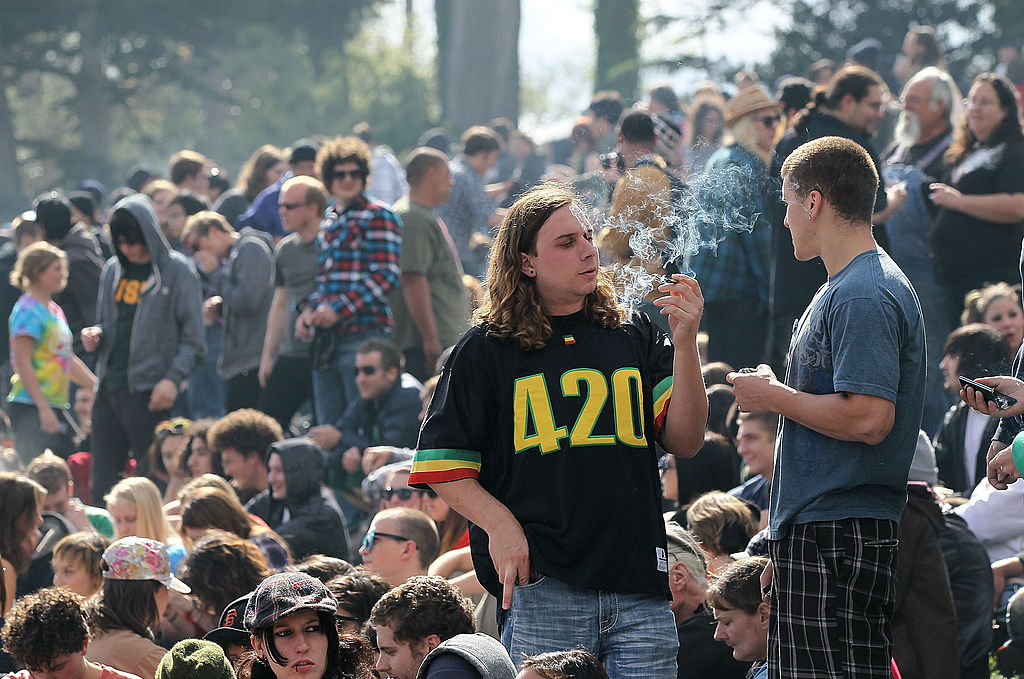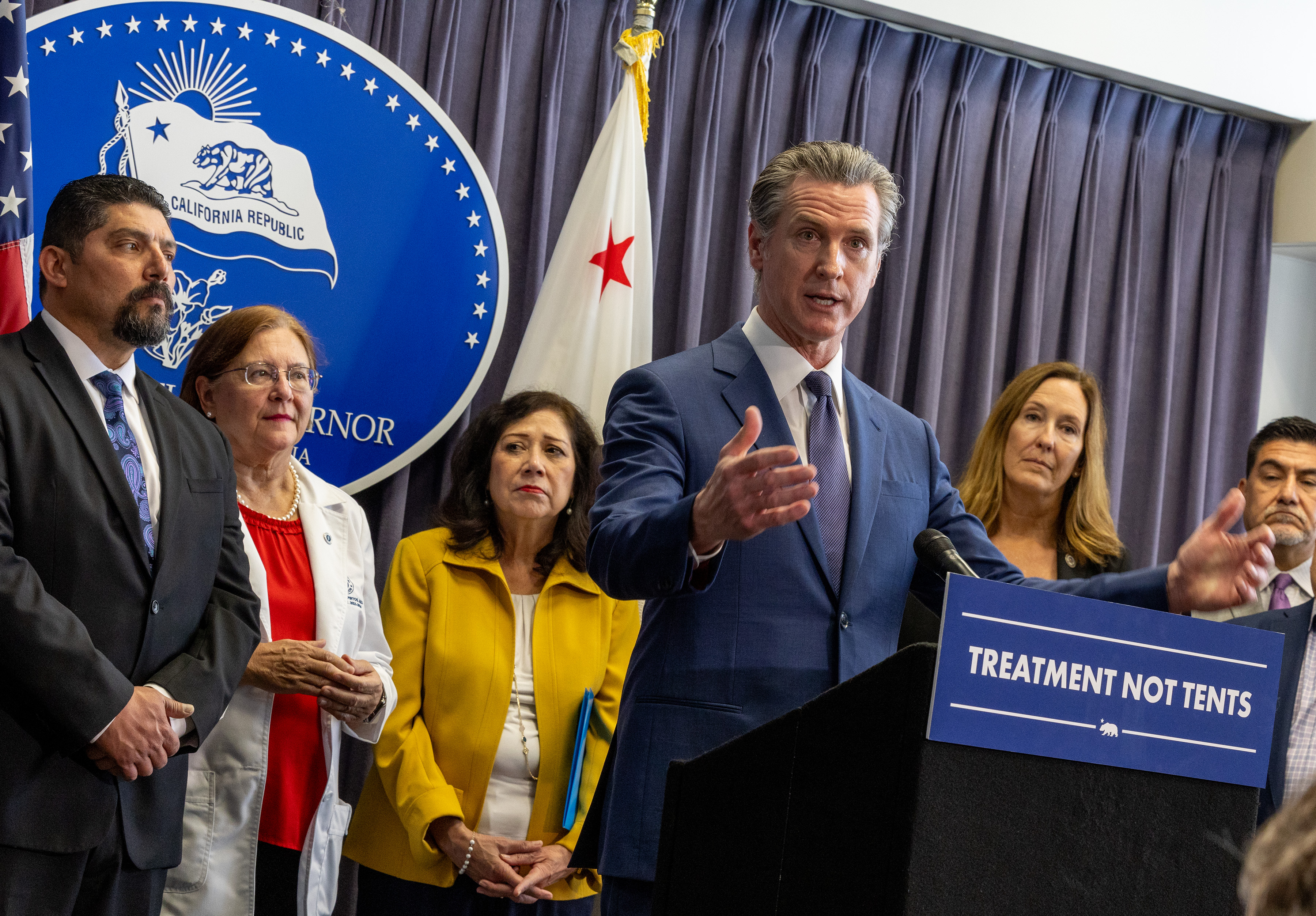As you might expect of most any six-year-old, Caleb Sears was afraid on the March, 2015 day his mom and dad took him to the dentist.
“I was scared too,” said his mother, Eliza. “Any time you you send your child into a surgery, of course you're going to be scared.”
Caleb was so spooked, his parents agreed to a dose of general anesthesia. It seemed simple. Logical, too. Medicine would let their nervous little boy sleep while the dentist pulled a tooth.
There would be no strangers, no drills, no trauma. Caleb would just close his eyes. And when he opened them, the scary stuff would be over. The tooth would be gone.
But the tooth remained in place. And Caleb never woke up.
His parents now mourn a devastating loss, and have begun a pursuit to change the way dentists operate.
ONE TOOTH
Local
The problem tooth was a stubborn one, growing from the roof of Caleb’s mouth. Removing it terrified the little boy, but the procedure is one that oral surgeons undertake regularly.
Dentists who reviewed Caleb’s case for us said his extraction was straightforward. It should have been uneventful, they said.
A report filed with the California Dental Board tells a much different story.
Caleb’s dentist told regulators that an IV went into Caleb’s left arm without trouble. Several drugs, including Fentanyl, Versed, and Propfol, would numb Caleb and put him to sleep.
And they did. Forever.

Within minutes of the first needle piercing Caleb’s skin, he stopped breathing. The dentist said he tried to open Caleb’s airway, but failed. Ultimately, paramedics rushed Caleb to the hospital. But it was too late.
The dentists who reviewed Caleb’s record for us said he was likely deprived of oxygen for seven minutes. By the time the healthy little boy with the extra tooth arrived at the hospital, his organs were shutting down. He was brain dead.
Caleb’s parents said a neurologist told them their son would never wake up. Machines were breathing for him now. Over the next two days, they agonized over whether to keep him on life support.
“Once we had the information about his brain and consulted with the neurologists, we realized that we had to let him go,” Mrs. Sears said, sobbing. “I swore when we got there that we would never leave the hospital without him,” she said. “So, to have to leave him there was the worst thing you could ever imagine.”
WORKING ALONE
Following Caleb’s death, the Sears family would grieve. And they would question everything. In time, they would learn what few parents realize: that dentists can administer anesthesia much differently from most medical doctors.
They can put you under alone.
Caleb’s death certificate says he died in the hospital. But the Sears family believes he actually died in the dentist’s chair. They believe the dentist was trying to do too much – both anesthesia and a tooth extraction -- at the same time.
MICHAEL JACKSON DRUG
Like many people whose doctor orders general anesthesia, Caleb received two doses of Propofol. It’s a powerful drug, known as Diprivan, that renders patients unconscious.
It’s also the same drug implicated in the death of music star Michael Jackson. He reportedly used it because he had trouble sleeping.
Propofol is safely used in hospitals and dentists offices around the world every single day. One Harvard medical blog quotes an anesthesiologist as saying they use it “like crazy.”
But the manufacturer does not suggest that doctors administer Propofol themselves. The FDA-approved label recommends a team. The label specifically reads, “The person administering the anesthesia should not be involved in the surgical procedure.”
Caleb’s dentist administered Propofol by himself. Why? California law lets him.
The Sears family says it’s wrong.
Dr. David Mead, M.D. agrees. Mead is anesthesiology chief at Children’s Hospital Oakland. He says Children’s Hospital doesn’t allow doctors to simultaneously perform a procedure and administer anesthesia, and he believes dentists shouldn’t be allowed to do it, either.
Mead said the principal risk is a patient’s airway. He explained that a child’s breathing tube can collapse without warning under sedation.
“It happens instantaneously,” he said. “You have maybe half a minute to make critical decisions about how you're going to manage that child's airway. You can't do that if you don't have somebody competent there helping you.”
Mead says the sedatives that hospitals and dental offices use are generally the same, so the standards should be the same, too – specifically when treating kids. He believes anesthesia that is administered in a dentist’s office should be supervised by an anesthesiologist.
“That's going to be somebody like myself, who's been doing nothing but pediatric anesthesia and pediatric airways for their careers,” Dr. Mead said.
PAPER TRAIL
The California Dental Board is commissioned to protect patients. It does that by licensing and policing dentists.
Caleb’s dentist was an oral surgeon, a specialized dentist, who was also permitted to perform anesthesia. Several hundred California dentists hold permits to perform anesthesia, after providing regulators with evidence that they have completed training in the field of sedation.
We asked the board whether Caleb’s case was the only death of a healthy child following a dental procedure. The board told us it doesn't track patient deaths in that way. But it could.
Rather than reviewing its records and establishing how many deaths have occurred as a result of dental anesthesia over the past few years, a spokesperson told us to comb through records ourselves.
We did. Yet we didn't get very far.
Dentists are required to report patient deaths. But the files that are made public are heavily redacted and inconsistent. Some reports are detailed; others are as brief – one included just two sentences. Either way, the bold black marks on virtually every page make it impossible for outsiders like us to determine whether anesthesia complications are a contributing factor. What is clear is that people die following dental visits. But only an insider could make the connection to anesthesia– if there is one to be made.
So, we asked the board to help us make sense of the reports – to give us a sense of whether or not patients are dying when dentists are doing two jobs. Ideally, we wanted an interview. But we were told all 15 board members were unavailable for comment.
CALEB’S LAW
The Sears family is challenging state law in Caleb’s name. But they’re encountering serious resistance.
They have made it their mission to change the status quo. Preferably, they want the California legislature to mandate that pediatric dental procedures involving general anesthesia include a separate dentist or doctor.
But the Sears family says that probably will not happen. They say their chief opponent is the powerful organization that lobbies for the dental profession: the California Dental Association.
The association selected Dr. Paul Reggiardo, a Los Angeles area dentist who says he does not perform general anesthesia, to speak on the CDA’s behalf.
“Having a separate dentist or separate anesthesiologist in the room doesn’t necessarily guarantee greater patient safety,” Dr. Reggiardo said. “ I want to see something done that just doesn’t make us feel better, but actually increases patient safety.”
Not all CDA members agree.
“It’s upsetting,” said Milpitas dentist Pankaj Patel.
Dr. Patel holds a state permit to administer anesthesia. Legally, he could operate on his patients while also administering anesthesia. But he doesn't.
For the past 12 years, Dr. Patel has brought in another dentist to administer and monitor anesthesia while he focuses on the patient’s mouth. He says he does this for safety’s sake.
Recently, Dr. Patel was working alongside Dr. Christine Yim. They hovered over a young boy in transformers pajamas. As the child lay asleep, Patel capped his rotten molars; Yim monitored an IV drip and recorded the boy’s vital signs.
Following the procedure, Yim and Patel reviewed Caleb’s records. They read the dentist’s report in horror. They shook their heads. They sighed. They then used the same word to describe Caleb’s death.
“Preventable,” Patel said.
Yim agreed without hesitation.
“So preventable,” she said.
AN ACCUSATION AND A COMMITTEE
The dental board has filed a formal accusation against Caleb’s dentist. Negligence is the charge. Whether he will be punished remains up to the Attorney General. In the meantime, he is free to practice.
When we called his office recently, the receptionist said he is accepting new patients.
Initially, a search of the dentist’s record online did not warn patients that an accusation had been filed. When we asked why, the board said it was a clerical oversight. A search of the dentist’s license now shows he is accused.
The California Dental Board says it will look into pediatric anesthesia and whether it is safe for dentists to continue performing procedures and sedation simultaneously. The board has committed to forming a committee.
A committee of two.
YOUR RIGHTS
Mead, the Children’s Hospital anesthesiologist, says patients who are going under anesthesia should ask their dentist questions about the procedure.
-Will another doctor be in the room?
-Who will dispense the drugs?
-Who will monitor my vital signs?
-What are your emergency procedures?
Mead says you have the right to walk away if you don’t like your dentist’s answer.
The Sears family didn’t know to do that. They wager that most families are just as in the dark as they were.
Caleb’s parents lament that their little boy will never grow to have a career, a spouse, kids, and grandkids to leave a mark on this world. However, they take solace in hoping a change to state law could afford him a legacy.
“I keep thinking: I wish someone else had done this,” Eliza Sears said. “I wish someone had done this years ago and saved Caleb.”



